#tudor period
Text


The Smallest Man Who Ever Lived by Taylor Swift x The Six Wives of Henry VIII
#😘😘😘#the smallest man who ever lived#taylor swift#ts ttpd#ttpd#ttpd era#the tortured poets department#catherine of aragon#anne boleyn#jane seymour#anne of cleves#katheryn howard#katherine parr#henry viii#tudor history#the tudors#english history#tudor era#tudor england#katherine of aragon#anna of cleves#taylorswift#tudor period#tudor#six wives of henry viii#the six wives of henry viii
49 notes
·
View notes
Text
CHRISTIAN DIOR COUTURE Diorient Express - Fall/Winter 1998

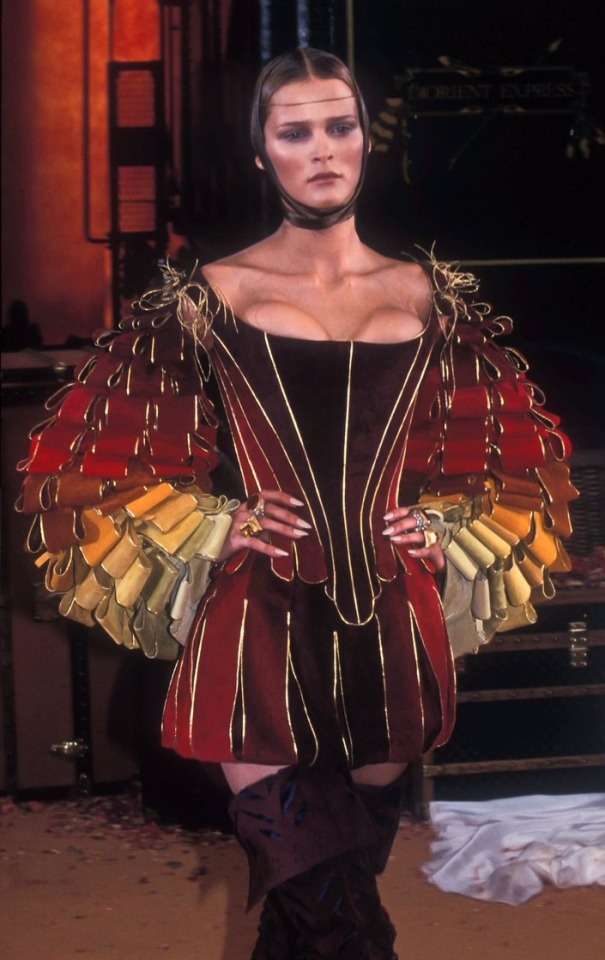

#christian dior#haute couture#tudor period#Tudor inspired#high fashion#Winter 89#runway#fashion history#fashion#love this so much
1K notes
·
View notes
Text

Tudor Barbie (Princess and the Pauper)
Why tudor era, you may ask? Isn't everyone making her a rococo queen since the movie is visually set during that era?
Well... I went in a different direction because of this lil note

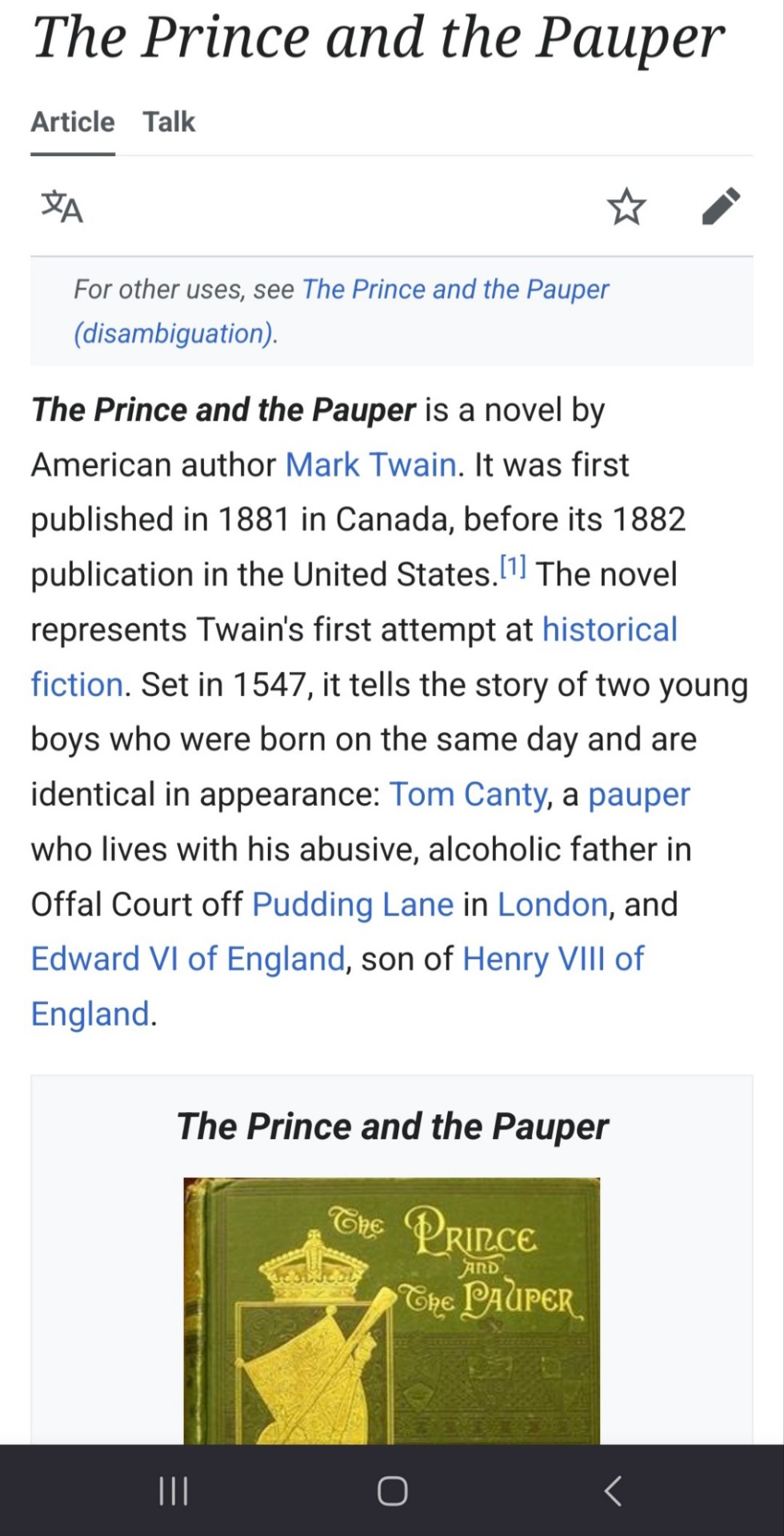
#barbie#barbie movies#barbie as the princess and the pauper#princess and the pauper#princess anneliese#barbie anneliese#barbie fanart#barbie fandom#tudor period#tudor fashion
554 notes
·
View notes
Text
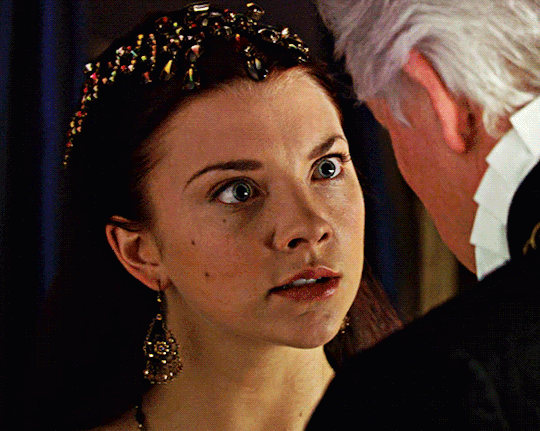

#david oakes can you fight??#god she's sooo beautiful#natalie dormer#anne boleyn#the tudors#anneboleynedit#thetudorsedit#tudor period#ndormeredit#nataliedormeredit#periodedits#perioddramacentral#tvedit#tvarchive#femaledaily#womendaily#cinemapix#perioddramaedit#by jen
282 notes
·
View notes
Note
Congrats on 1000! Submitting an art ask, which is probably going to sound random but I’d love to see Draco or Harry (I guess one or the other to keep it simpler?) in some Elizabethan-era garb—Shakespeare vibes, basically. Could even be a modern sort of deconstructed take on the style? If this gets randomly picked and is too complicated please disregard (I have no idea how complicated/how much effort stuff takes—I am sure a lot no matter what)!
Oh you are tickling a fancy that is sleeping inside me! I love period clothing - the (‘Shakespearean time’) Tudor era with their puffy sleeves and ribbings!! Ahhhh. Waistcoats, waistcoats, waitcoats mmm
Here’s a swanky Harold of Potter’s Field for you:

And that’s the last of them! Thanks so much to all of you that sent in your requests for the giveaway. This has been so much fun and I cherish all of the kind words and the silly tags left behind.
My ask is always open to you guys, so let it be known I get to them eventually! (I like to draw the responses so they just take a little time heehee)
#phew that was a lot#harry james potter#harry potter#harry potter fanart#hedwig#tudor period#wizard#hogwarts#art#drawing#sketch#artists on tumblr#doodle#boshdraws#historical au
247 notes
·
View notes
Text
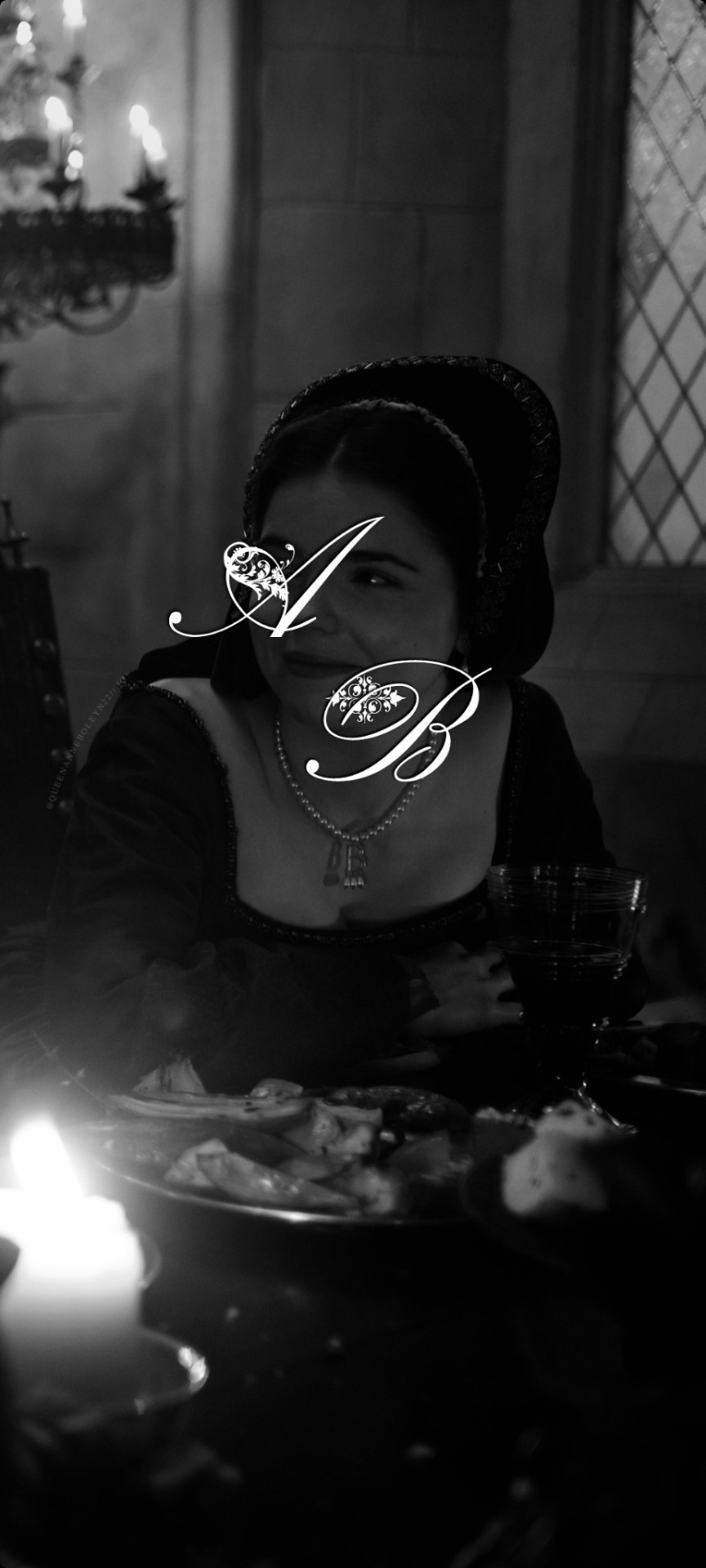
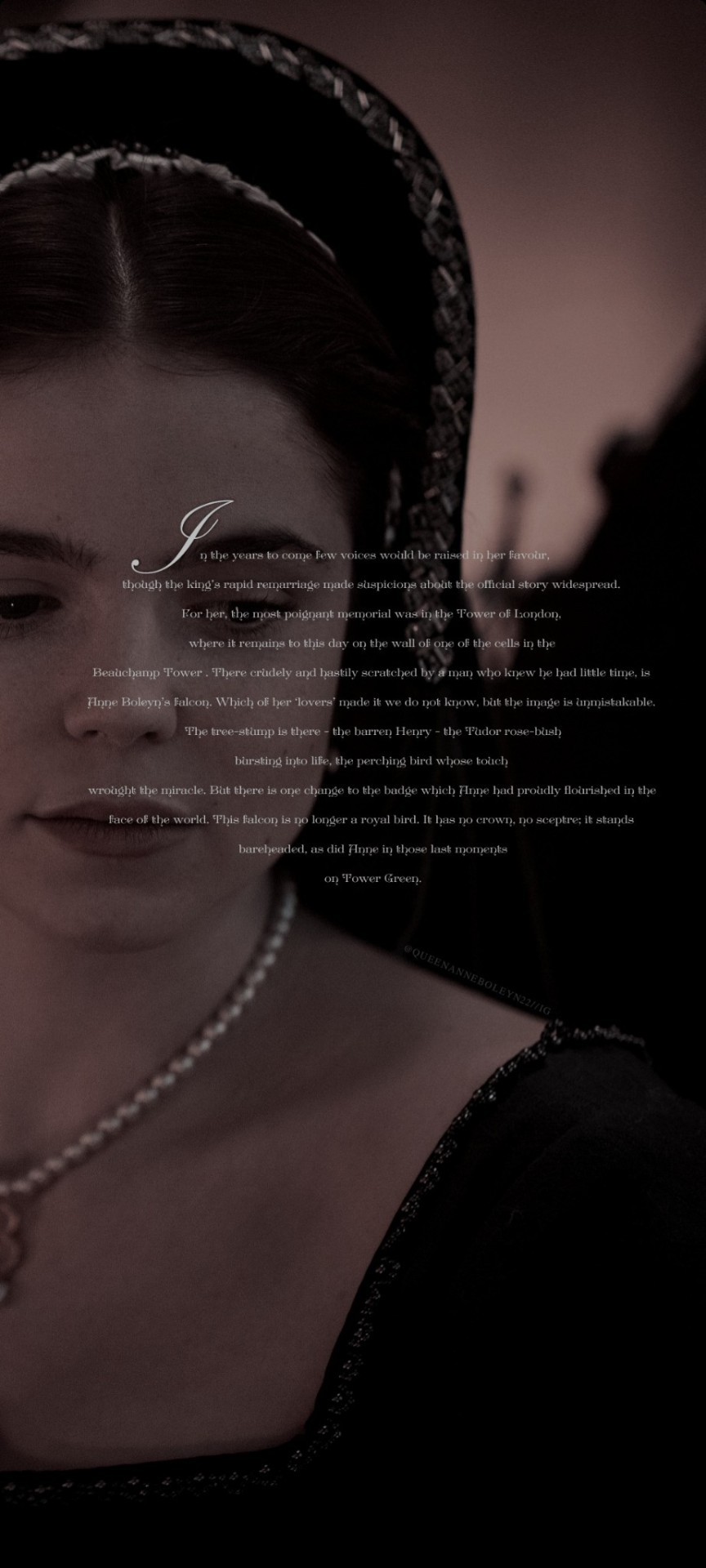
And all the while there was little said of Anne, and little left of her but her child, the young Elizabeth, who had been declared a bastard but who was nevertheless acknowledged as the king’s daughter. Despite her youth and her mother’s shame, she was a valuable card in the diplomatic marriage game and in 1544 she was restored to the succession. A ‘very pretty’, bright and intelligent girl, prematurely cautious. When her elder sister Mary came to the throne in 1553, the 20-year-old Elizabeth found she needed that caution as never before. On Palm Sunday 1554 Anne Boleyn’s daughter was brought by river to the Tower of London, just as her mother had been almost eighteen years earlier. Suspected of plotting rebellion, she spent the next two months in the Bell Tower, followed by almost a year under house arrest in Oxfordshire. In 1558, however, the miracle happened. On Monday, 28 November, to the cheers of the London crowd and the roar of the Tower artillery, Elizabeth came through the gates to take possession of the fortress as queen. The bastardized daughter of the disgraced Anne Boleyn, with her father’s complexion but her mother’s face, splendidly dressed in purple velvet: Elizabeth, by the grace of God, queen of England, France and Ireland, defender of the faith. Is it fanciful to feel that after twenty years, the mother in the nearby grave in the chapel of St Peter was at last vindicated?
#perioddramaedit#anne boleyn#history#edit#alice nokes#the spanish princess#tspedit#thespanishprincessedit#anneboleynedit#the tudors#tudorsedit#eric Ives#perioddramacentral#tudor period#period drama#period drama costumes#perioddramasource#queen anne boleyn#historical#historical figures#women in history#16th century#historyedit#henry viii#women's history#women of history#queen of england#tsp#perioddramasonly#periodd
152 notes
·
View notes
Text
What Rhaenyra Targaryen would have worn...
(TUDOR PERIOD)


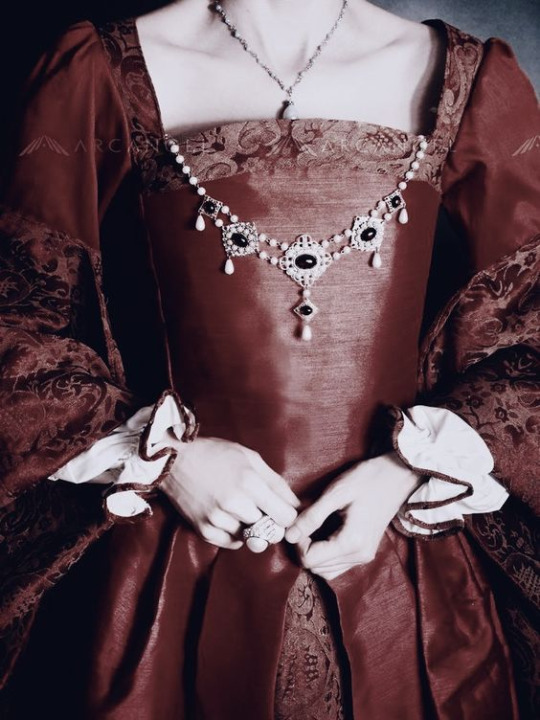

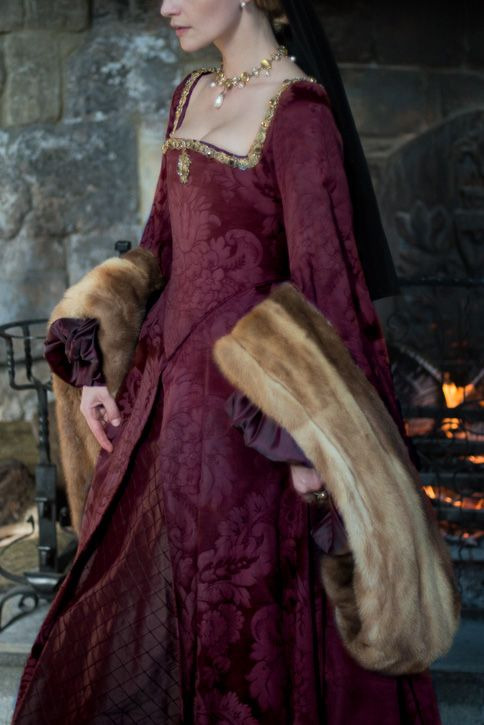

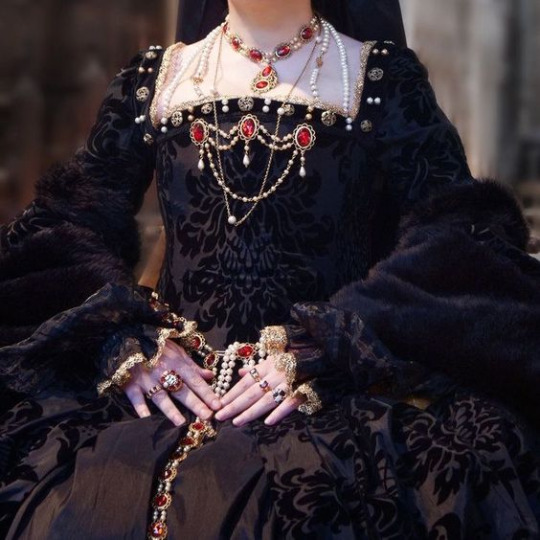
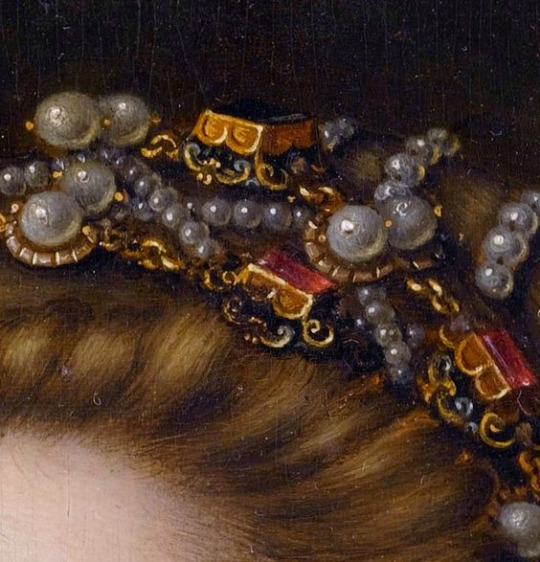

#hotd#house of the dragon#rhaenyra targaryen#the dance of the dragons#asoiaf#asoif/got#pre asoiaf#tudor era#tudor period#tudor fashion#elizabethan era#elizabethan fashion#elizabethan#history#fantasy#team black
84 notes
·
View notes
Text
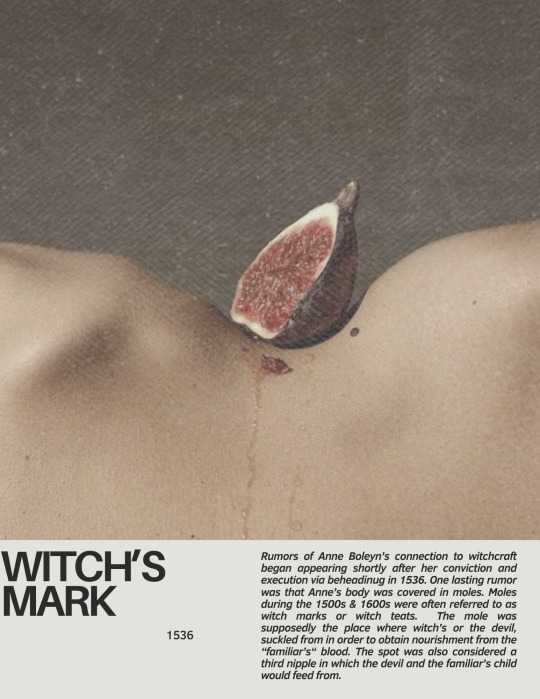


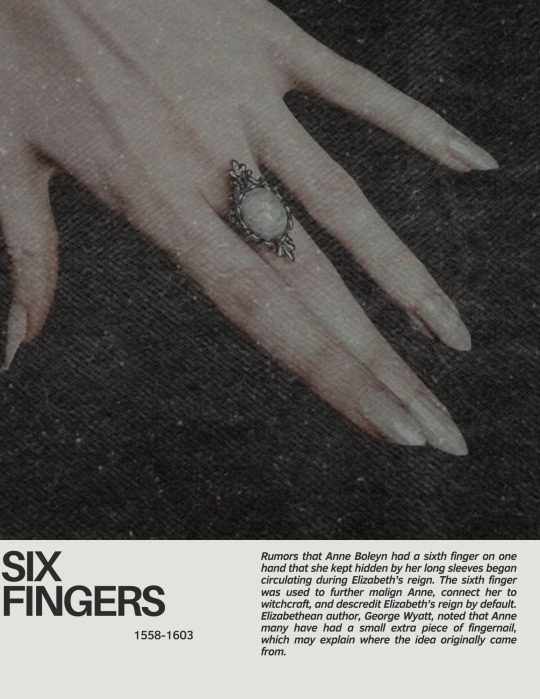

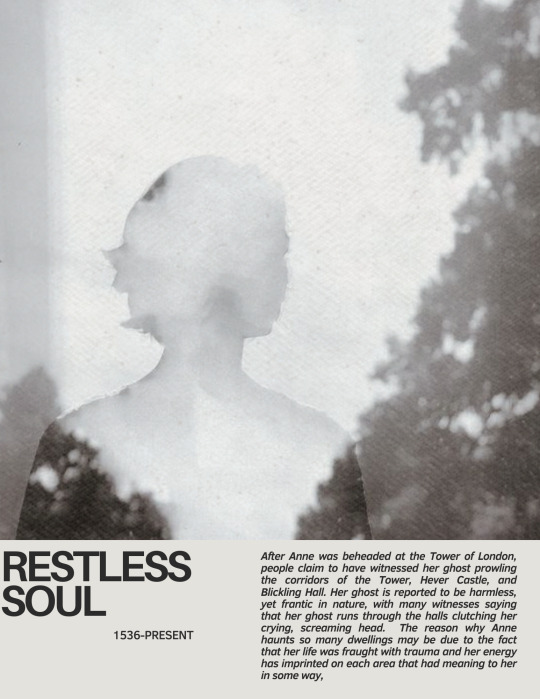
Royal Rumors and Scandals → Anne Boleyn
#historicwomendaily#weloveperioddrama#anne boleyn#the tudors#tudor era#tudor period#Tudor edit#my aesthetic posts#aesthetic
120 notes
·
View notes
Text



#six the musical#six the musical incorrect quotes#six the musical memes#six the musical meme#history memes#tudor period#the tudors#henry viii#fuck henry viii
135 notes
·
View notes
Text


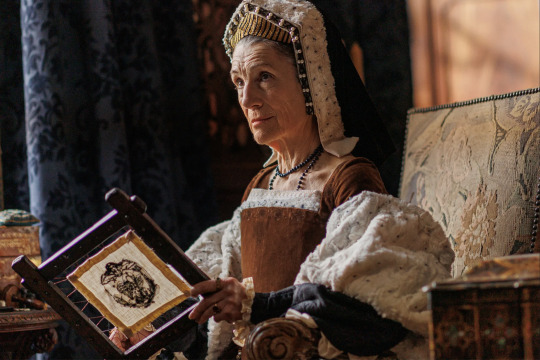

OMG, production photos for Wolf Hall: the Mirror and the Light have released! My Tudor politics loving heart is swelling with excitement. I see you, Lady Margaret Pole - get ready to say goodbye to your head.
#random musings#wolf hall#thomas cromwell#henry viii#tudor period#tudor history#mark rylance#damian lewis
16 notes
·
View notes
Text
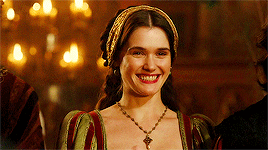



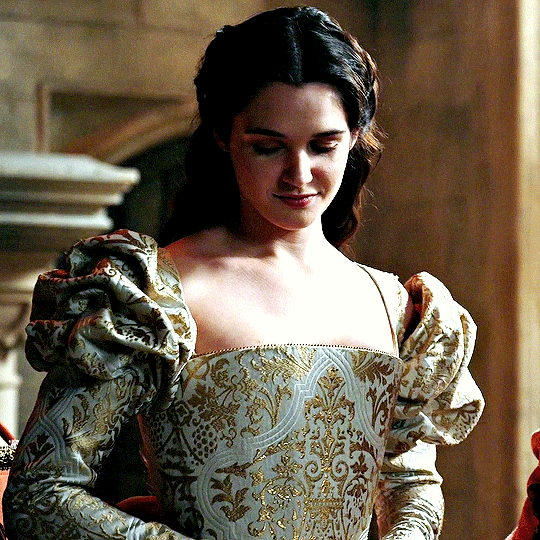
From Princess, to Queen, to Duchess
Mary Tudor (March, c. 1496; London, England - June, 1533; Suffolk, England) was an English princess, the third wife of King Louis XII of France and one of the two sisters of King Henry VIII. Mary was also the grandmother of Lady Jane Grey, who would become titular queen of England for nine days in 1553.
Mary’s father, King Henry VII, betrothed her to Archduke Charles —later Holy Roman Emperor, Charles V — in 1507. In 1514, however, political tribulations caused King Henry VIII to renounce such engagement and arrange a match between his beautiful, charming and yound sister and Louis XII, the sick and french monarch of 52. Since Mary was already in love with Charles Brandon, the first Duke of Suffolk, she made Henry promise that after Louis died she would be allowed to choose her next husband.
The marriage with the french king took place on Octouber of 1514, and Mary performed her role as wife and royal consort with kindness and dedication until he died on January of the following year. Before Henry or the new King of France, Francis I, could use her as a pawn in another political arrangement, Mary secretly wed Suffolk in Paris, probably in late February. Henry VIII was infuriated at the news, but eventually the pair regained the king’s favour, with Suffolk paying him a large sum of money and perhaps with the help and intercession of Cardinal Wolsey.Mary and Charles had four children, two daughters and two sons:
⇒ Henry Brandon (11 March 1516 – 1522);
⇒ Lady Frances Brandon (16 July 1517 – 20 November 1559), married to Henry Grey, 3rd Marquess of Dorset, and mother to Lady Jane Grey;
⇒ Lady Eleanor Brandon (1519 – 27 September 1547), married to Henry Clifford, 2nd Earl of Cumberland;
⇒ Henry Brandon, 1st Earl of Lincoln (c. 1523 – March 1534).
Mary had enjoyed unprecedented freedom during her teenage years at her brother's court. Just fourteen when her father, Henry VII died, she spent the next five years almost completely unchaperoned, encouraged to participate in every event, celebration and feast, each planned to display the opulence of the english royal family. She shared Henry's exuberance for spectacle and, for some time, was one of the central ladies of the court, admired and sociable. Like him, she loved dancing, masques, and parties; they were also very close, with the princess being the apple of the king's eye. It's rumored that Henry's famous warship, the Mary Rose, was named after both his favorite sister and his only daughter with Catherine of Aragon.
Upon her arrival in France, Mary was proclamed, by the Venetian Ambassador, to be "handsome and well favoured, grey-eyed; slight, rather than defective from corpulence, and conducts herself with so much grace, and has such good manners, that for her age of 18 years—and she does not look more—she is a paradise." She was particularly admired by her contemporaries for her long red hair, which she had inherited from the Plantagenet lineage through her mother, Elizabeth of York, who had also been an celebrated beauty.
After her second marriage, the Duchess of Suffolk lived a quiet life in the country, retired from court, although she had been know to have attended the famous Field of the Cloth of Gold at Guines, near Calais, in 1520. Often referred to as the French Queen, she was known to dislike Anne Boleyn and in defiance of her brother was to prove a firm supporter of her sister-in-law, Catherine of Aragon, in the matter of Henry VIII's annulment of his marriage to his first wife.
Mary visited London for the last time to celebrate the wedding of her eldest daughter, Lady Frances Brandon, to Henry Grey, Marquess of Dorset, in 1533. After suffering failing health for some years, Mary Tudor died on 25 June 1533 at the age of thirty-eight at Westhorpe Hall, Westhorpe, Suffolk, possibly of cancer. Henry VIII had requiem masses sung at Westminster Abbey for the repose of her soul and she was given a magnificent funeral, which her husband did not attend. Her body was interred at the Abbey of Bury St Edmunds. The Duke of Suffolk quickly remarried again, in that same year, to his fourteen-year-old ward, Katherine Willoughby (1519–1580), suo jure Baroness Willoughby de Eresby. Katherine had been betrothed to his eldest surviving son, Henry, Earl of Lincoln, but the boy was too young to marry, and Charles, to eager to add the heiress fourtune to his own.
#tudor dynasty#tudor queens#tudor history#tudor era#tudorqueens#the tudors#mary tudor#henry viii#elizabeth of york#charles brandon#tudor england#tudor period#tudor women#english royalty#house of tudor#medieval england#english history
30 notes
·
View notes
Text
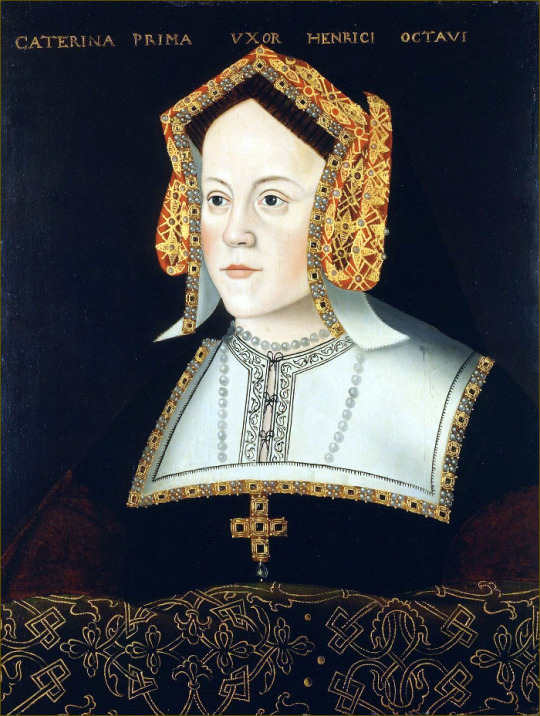









Pattern Portraits of the Six Wives of Henry VIII (part one): Catherine of Aragon and Anne Boleyn
#catherine of aragon#katherine of aragon#catalina de aragon#anne boleyn#anna bolina#queen anne boleyn#tudor history#henry viii#the tudors#english history#tudor era#tudor england#tudor rose#tudor period#house of tudor#tudor dynasty#six wives of henry viii#the six wives of henry viii#art#art history#sixteenth century#16th century#16th century art#queen anne#queen katharine
31 notes
·
View notes
Text

1536
#historical fashion#fashion#historical#history#historical clothing#historical dress#victorian#anne boleyn#tudor era#tudor history#the tudors#tudor dynasty#tudor period#historical costuming#historically#long dress#Tudor dresses#dress#dresses#art#artwork#painting#textiles#1500s#1500s art#16th century#1500s fashion#16th Century fashion
37 notes
·
View notes
Text
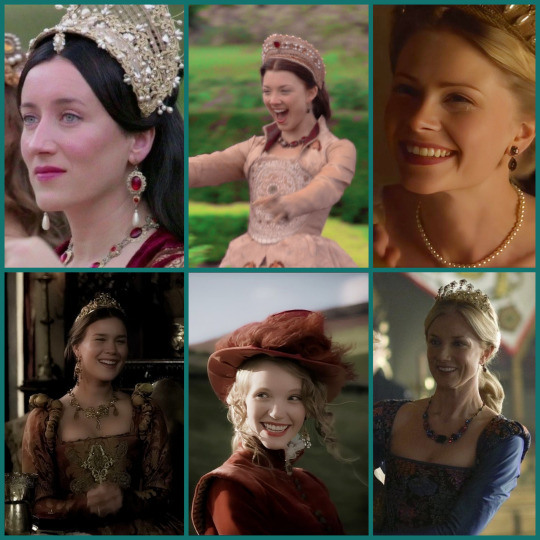
The Queens happy
#the tudors#tudoredit#thetudorsedit#the tudor dynasty#tudor rose#tudor tag#tudor period#period drama junkie#period edit#period drama#perioddramasonly#perioddramacentral#perioddramasource#periodedit#perioddramaedit#queen things#queen anne boleyn#anne boleyn edit#tudorsedit#katherinehowardedit#katherine howard#ndormeredit#nataliedormeredit#tamzinmerchantedit#catherine parr#anne of cleves#catherine of aragon#catherine of aragon edit#jane seymour edit#queen jane seymour
22 notes
·
View notes
Photo
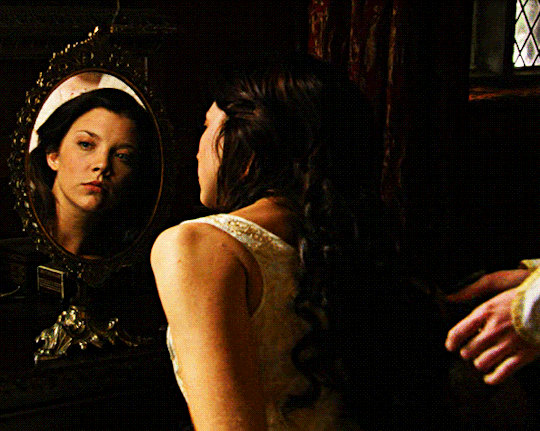


NATALIE DORMER as ANNE BOLEYN
THE TUDORS (2007-2010) — 1x07: “Message to the Emperor”
#natalie dormer#anne boleyn#anneboleynedit#the tudors#thetudorsedit#thetudorsgifs#tudorsedit#dailytudors#tudors#tudor era#tudor period#nataliedormeredit#ndormeredit#perioddramaedit#perioddramasource#weloveperioddrama#periodedits#femaledaily#dailytvwomen#by jen
561 notes
·
View notes
Text
An Act whereby the Queen's Highness Elizabeth is restored in Blood to the late Queen Anne Boleyn, her Highness's Mother, 1558
In her first parliament on the 5th of December, 1558, Queen Elizabeth I restored The Act of Supremacy declaring her as Supreme Governor of the Church of England which brought some doubts into the spotlight, especially regarding her rights to the throne.
Now, the matter of her legitimacy was and always remained unclarified since her mother, Anne Boleyn, was found guilty and executed. The Church of England and an act of Parliament declared her marriage to Henry VIII null and void in 1536 the night before her execution, so she died a marchioness [of Pembroke]. Henry VIII, all his life after May 1536, declared his marriage to Anne was invalid, and when Queen Kateryn Parr convinced Henry to add Mary and Elizabeth to the succession it was with the condition that they marry someone vetoed by the majority of Prince Edward's appointed Privy Council, and as we know, after Edward died and the Earl of Northumberland's rebellion was put down Queen Mary rose to the throne and the conditions of said will was unattainable (referring as to the support of the majority of the PC), all that was left was a clear line of succession:
"As to the succession of the Crown, it shall go to Prince Edward and the heirs of his body. In default, to Henry's children by his present wife, Queen Catharine, or any future wife. In default, to his daughter Mary and the heirs of her body, upon condition that she shall not marry without the written and sealed consent of a majority of the surviving members of the Privy Council appointed by him to his son Prince Edward. In default, to his daughter Elizabeth upon like condition. In default, to the heirs of the body of Lady Frances, eldest daughter of his late sister the French Queen. In default, to those of Lady Elyanore, second daughter of the said French Queen. And in default, to his right heirs. Either Mary or Elizabeth, failing to observe the conditions aforesaid, shall forfeit all right to the succession."
-https://www.tudorsociety.com/30-december-1546-henry-viiis-will/
So, after attaining her crown through the strength of arms and said will, Queen Mary undid the Act of Supremacy of 1534, brought back the powers of Rome, and with their support made the marriage of her father and Katharine of Aragon legal and the Church of England heretical, thus Elizabeth was doubly the bastard.
After Queen Mary's death and Queen Elizabeth's accession, following the order of the will, the binds with Rome were severed this time and the laws and acts passed by Queen Mary regarding this were repelled, thus leaving Katharine of Aragon again with the title of Dowager Princess of Wales (as to her marriage to Prince Arthur, Henry VIII's older brother) and the Church of England reinstated, which came with the mere fact that twenty-one years ago it declared the marriage of her parents null and void. But she couldn't simply overturn a decision made by the King, her sire which gave her the claim to the throne without undermining the power of kings, and there was also the fact that her mother was a convicted felon for which by the relation of blood in the English law of yore made one unfit to receive high titles, but of course, the majority of people, protestants and such, wanted her and thought her fit.
So Queen Elizabeth can't openly make the marriage of her parents legal without undermining the CoE nor make the charges against her mother be posthumously dropped without undermining her new office and late father, but what she can do is make herself the daughter of a true Queen of England which had her name marred unjustly, she can't change the law and edicts but she can change the people's perception of who is right, so thus:
"Elizabeth I reinstated her mother Anne Boleyn as a Queen, as Anne had been stripped of her titles during her trial. This would have reinforced Elizabeth's right to the throne and perhaps been important to the new queen privately"
-https://ukparliament.shorthandstories.com/succession/
As the head of the protestants in the nation, the idea that she was the daughter of a martyr of religious freedom was spread and made her a beacon of hope, the way people viewed Queen Anne back then would have been of a woman wronged who's favor and righteousness God showed by the daughter that would save them from the inquisition. Excellent PR if you ask me.

Parliamentary Archives, an edict that restores the title of Queen to Anne Boleyn (if anyone can read and make a transcript it would be amazing) HL/PO/PU/1/1558/1Eliz1n21
#history#anne boleyn#elizabeth i#elizabeth tudor#england#mary i#katherine of aragon#henry viii#tudor dynasty#tudor period#tudor history#catherine parr#accession#parliament#church of england#edward vi
52 notes
·
View notes